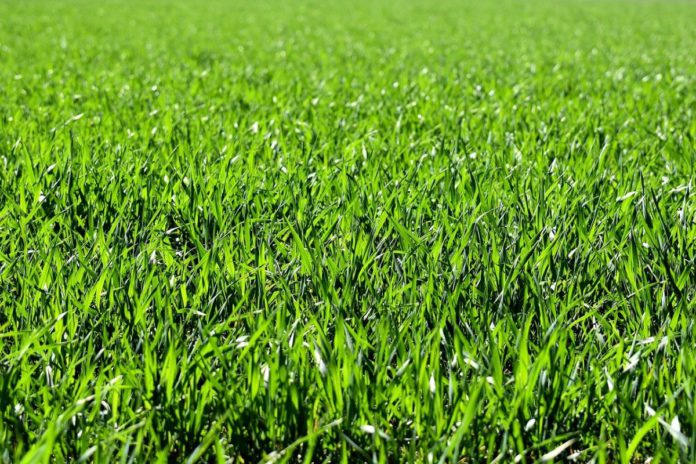Grazed grass is still the cheapest feed for milking cows, writes CAFRE’s Christopher Breen.
To capitalise on grass this spring you need to plan and budget ahead. Yes, infrastructure is important, but in many cases simply opening the gate and selecting the correct cows to turn out is all that is required.
Soil fertility is key for early spring growth. Low fertility soil (P index 1 or below) results in a loss in grass growth over 12 months of more than 2 t dry matter per hectare. Soil testing and fertiliser planning are therefore key requirements for improving grass production, especially in early spring.
At turnout, don’t be afraid to graze cows on lighter grass covers of 2,500 kg dry matter per hectare (the ankle of your boot). Grass should be grazed down to 1,500 kg dry matter per hectare (the heel of your boot).
How to capitalise on early spring growth:
- Walk your farm to increase awareness of ground conditions and help identify where grass is on the grazing block;
- Select cows yielding less than 26 litres per day. In autumn calving herds cows calved in September/October/November should be back in calf and eligible for turnout this spring;
- Graze cows, even for a few hours per day. This can yield benefits in terms of a lower feed cost helping to increase financial margins for the business. Grazing cows early in the season also develops a grazing wedge or structure to the grazing block. This improves subsequent grass quality through the grazing season;
- Minimise ground damage when grazing. Use simple techniques such as putting cows out with an appetite, using back fencing, having multiple access points into paddocks, selecting dry paddocks and only grazing cows for a few hours per day.
Grazing
Aim to have the first grazing rotation completed by the end of the third week in April, before grass covers get too heavy. A later turnout and a surge in growth could mean that by the time you reach the end of the first grazing cycle, covers are too heavy for cows to graze out cleanly. This makes it more difficult to maintain grass quality throughout the grazing season.
In most cases, March grass has a higher energy value than the silage cows were fed. Full-time March grazing has the potential to produce up to 20 litres of milk.
Getting your cows to grass in March and good management will allow you to increase your milk from forage. Practically this requires you to increase the M+ in the parlour computer feed settings by 3.0 to 4.0 kg of milk at turnout. This is one of the most important times of the year to review parlour feed settings as they are dependent on grass quality and time spent at grass.
A few hours grazing after morning milking will save about 1.5 kg of concentrates per cow per day, replacing over half a tonne of concentrate per week for 50 cows. Continue to adjust the M+ in the parlour computer feed settings, as cows move to full-time grazing. In addition to the immediate savings in concentrate costs, there should be improvements in milk protein and yield.
The message is clear. Get some cows out grazing as soon as conditions allow. Adjust the M+ in the parlour computer feed settings at turnout and as cows move to full-time grazing. Have your grazing rotation fully established by the third week in April.
March jobs checklist:
- If possible, spread slurry on silage ground by early March. Do not spread it on waterlogged ground, when raining heavily or when heavy rain is forecast within the next 48 hours or on ground that has a slope of 20% or more, is frozen or covered in snow;
- Think about fertiliser needs based on soil analysis results, crop requirement and slurry/manure applications;
- Complete any maintenance on cow tracks and paddock fencing in preparation for the grazing season;
- Adjust time clocks at the end of the month when the hour changes.





